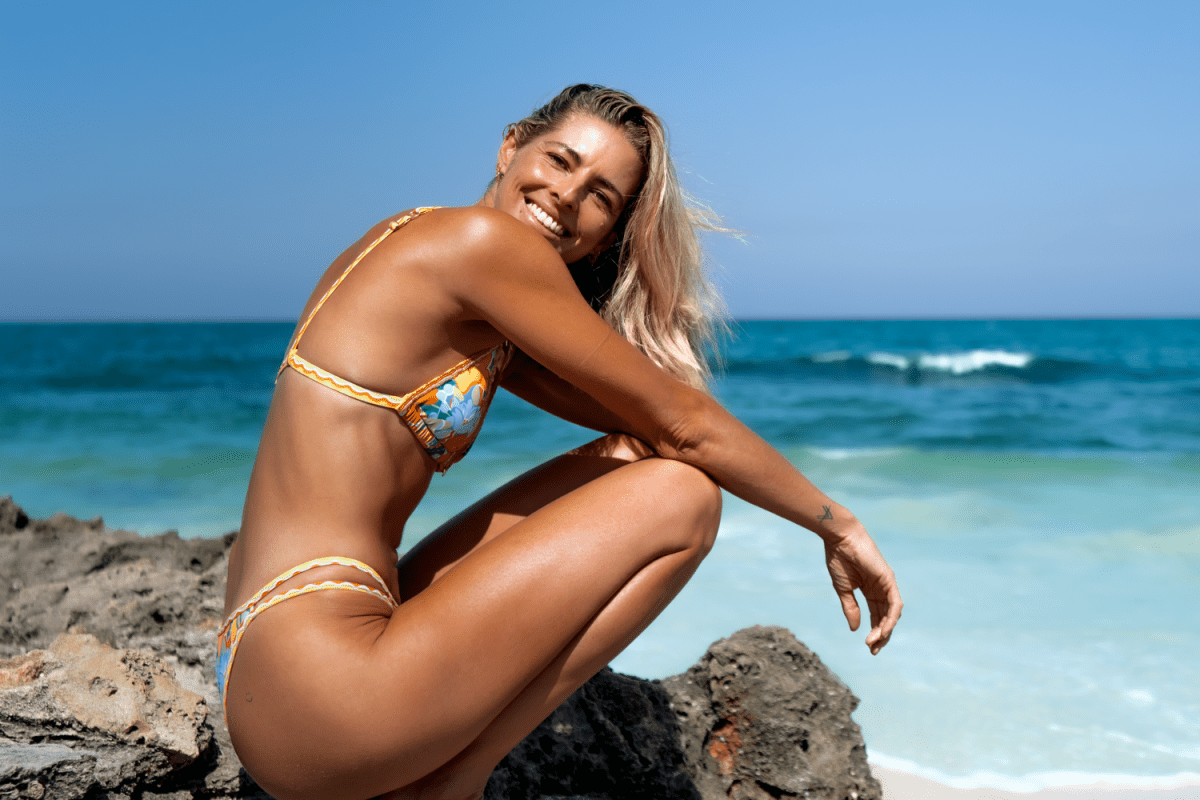What does SPF testing involve?

Fun fact to kick things off: SPF testing is actually done on real human volunteers!
Before a sunscreen hits the shelves, it’s tested on people under controlled conditions to see how well it protects against UVB rays. So when you see that SPF number, know it’s been literally put to the test!
Step-by-Step: How SPF Testing Works
1. Volunteer Recruitment
10 healthy adult volunteers are selected for the test. Their skin is assessed using the Individual Typology Angle (ITA°) scale to ensure a range of skin types are represented fairly and consistently. P.S. Individuals with a history of skin disorders, recent sun exposure, or use of tanning beds are excluded from being able to volunteer.
2. Product Application
A specific amount of sunscreen (2 mg per cm² of skin) is applied to small sections of skin on the volunteers back and left to dry for 20-30 minutes.

3. UV Exposure
Instead of lying in the sun, the skin is exposed to a controlled amount of UV light from a specialised lamp that mimics sunlight. Each volunteer receives 5 small doses of UV on both treated (with sunscreen) and untreated (bare) skin.

4. Erythema Assessment
The next day, trained assessors examine the test areas for signs of erythema, which is the technical term for UV-induced redness or sunburn.

5. SPF Calculation
The SPF number is calculated by comparing the amount of UV radiation needed to cause erythema on protected skin versus unprotected skin. The higher the ratio, the higher the SPF value.

Important: This test calculates how well we are protected from UVB rays only.
The testing we just explained is called "in vivo" testing in the SPF world and it only evaluates protection against UVB rays, it does not measure protection against UVA rays, which penetrate deeper into the skin and contribute to premature ageing, pigmentation, and long-term DNA damage.
That’s where Broad Spectrum testing comes in and it's just as important and very easy to spot. Just look for "Broad Spectrum" listed on the front of your sunscreen to know that you are also protected from UVA rays too.



Comments